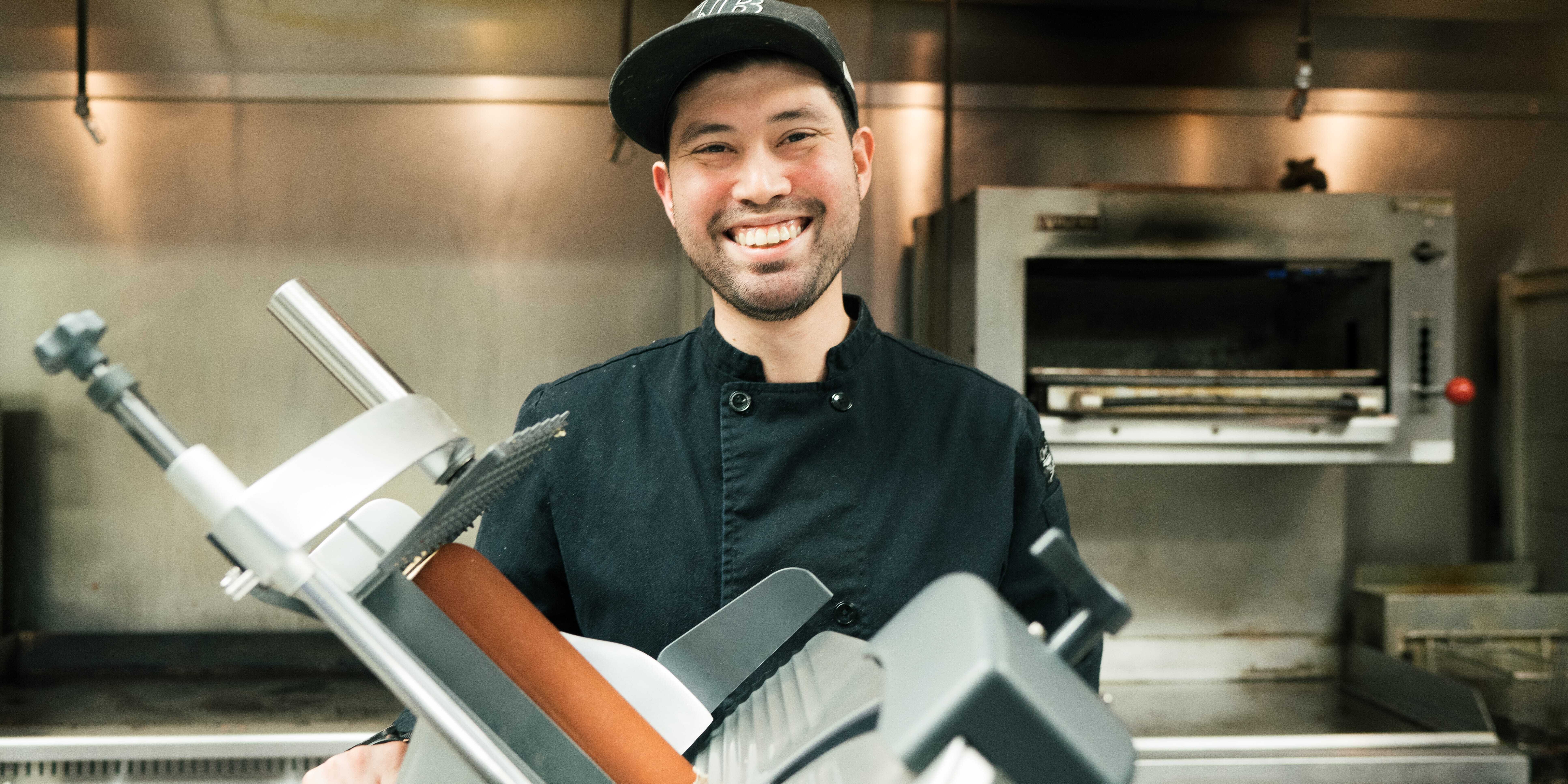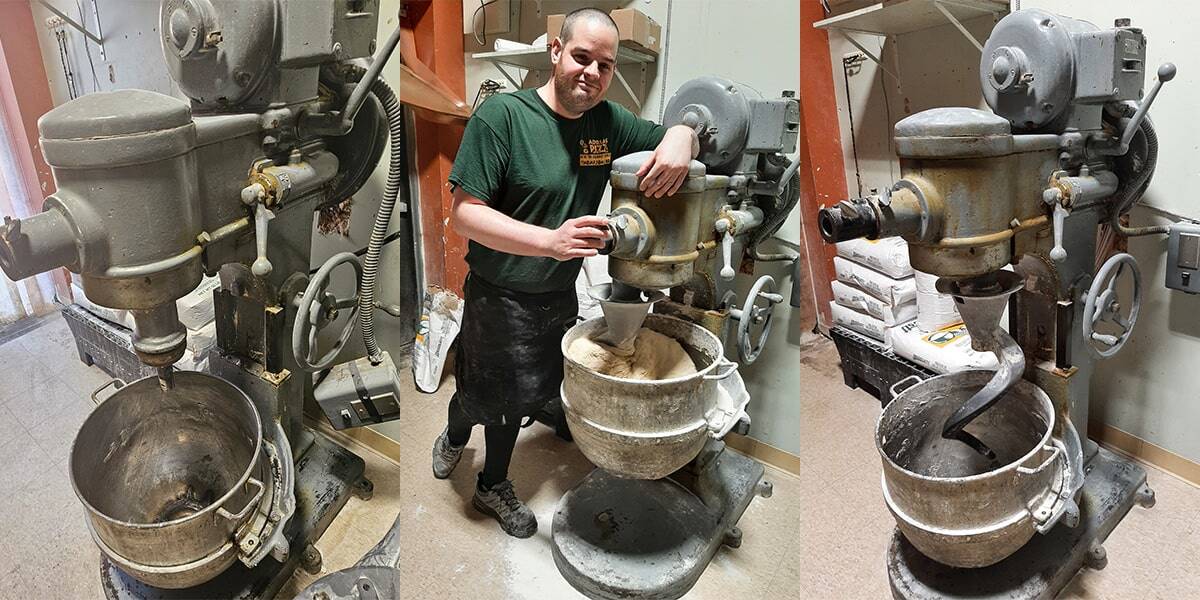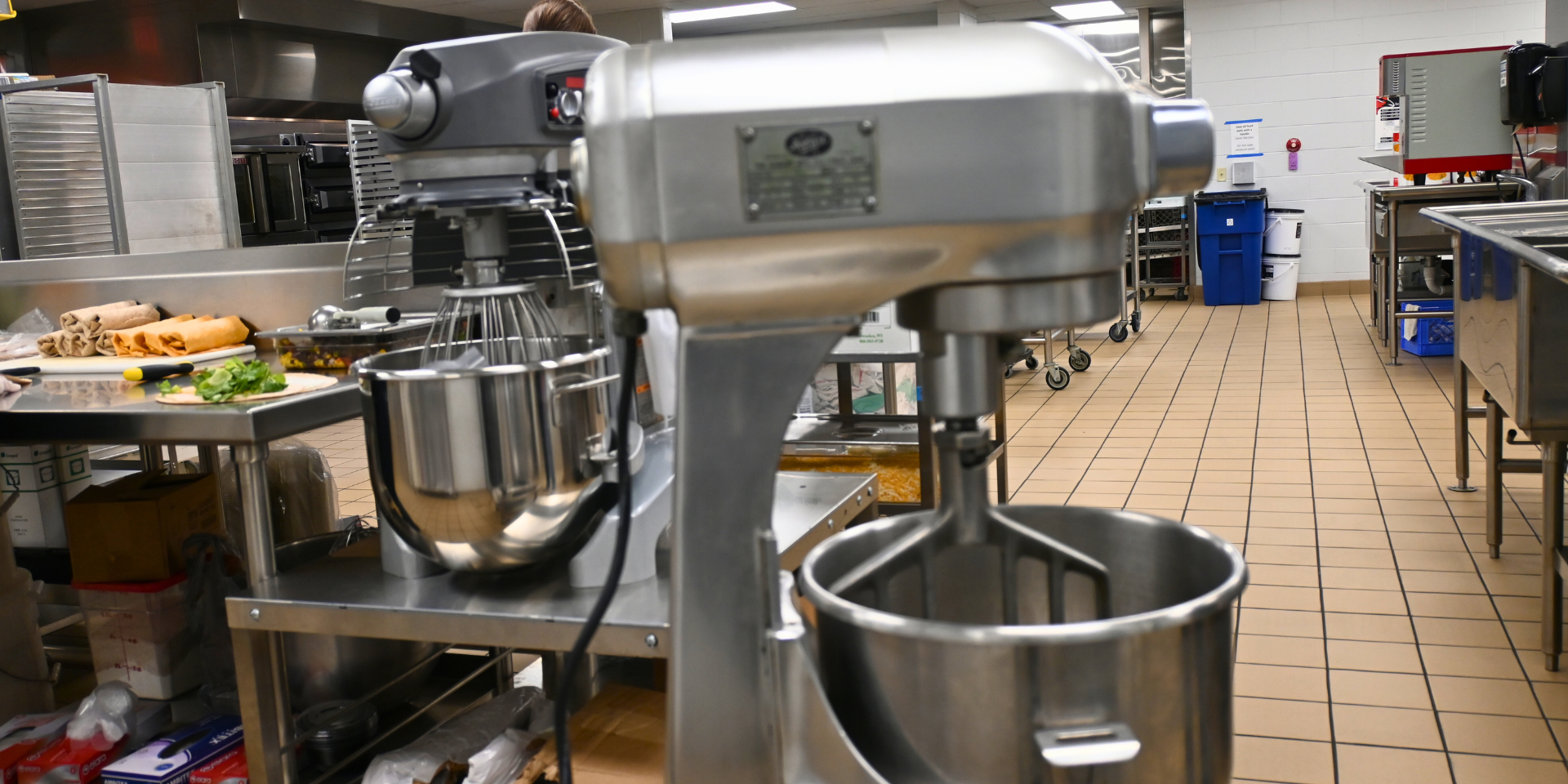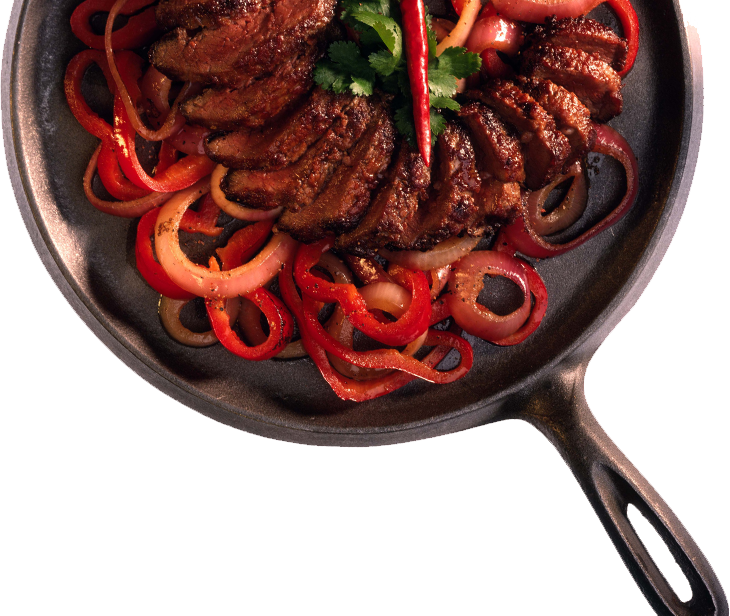So how do you know what mixer capacity will best meet your needs? There are several factors to consider when choosing the proper mixer — and many mixer options available.
3 Mixer Capacity Mistakes to Avoid
To maximize your mixer investment — and performance and efficiency — avoid these common mistakes when selecting the right mixer capacity.
- Not enough mixer capacity: To save money, many people buy too small of a mixer for their kitchen needs. But it’s typically better to buy a slightly larger mixer rather than one that doesn’t meet your requirements. Consistently overloading the mixer is very taxing on the motor, gearing and components over time. Trying to get by with not enough mixing capacity can shorten mixer life and create more headaches and costs for you in maintenance, repair and equipment downtime.
- Looking only at advertised horsepower: Don’t choose a mixer based solely on the advertised horsepower. Different manufacturers rate mixers differently — so the advertised horsepower is not always an accurate indication of what the machine is capable of mixing. So how do you determine if you’re getting enough horsepower for your jobs? Look for a manufacturer that tests motor capacity and provides a capacity chart. Using this information, you can look on the chart for specific applications, such as pizza dough, breads or cakes, to find which capacity of mixer is best for your needs. Some manufacturers also offer testing facilities where they will test your specific ingredients and applications to help you determine the right mixer.
- Not thinking about space: While the capacity of the mixer is the most important consideration, don’t forget about how much space you have available for equipment. In many commercial kitchens, space is at a premium. There are mixer options on the market designed to minimize the footprint of the unit, to help you maximize your kitchen space without impacting performance or output.
Measuring Mixer Capacity
When it comes to mixer capacity there are two key issues involved: the volume of ingredients the bowl will hold and the motor power.
Mixer bowls are available in a wide range of sizes, from 5 quarts to 140 quarts and larger. A 60-quart mixer is a common size in many commercial kitchens. Bowl volume is an important consideration for mixing things such as whipped toppings, icings or mashed potatoes — recipes with ingredients that can easily be filled to the top of the bowl without overtaxing the motor.
In these cases, it’s important to have a bowl that is large enough. Overfilling the bowl to the point where ingredients are above the edge of the beater means they are not being thoroughly mixed. This can impact the consistency and quality of the finished product.
For kitchens that mainly mix heavier ingredients such as pizza or bread dough, proper mixer capacity hinges on how much the motor is capable of mixing, rather than how much the bowl will hold. Past a certain point, the motor can stall or stop when there is too much dough to mix.
Know the Absorption Ratio
Manufacturers offer mixer capacity charts that show the amount each mixer is capable of handling for specific ingredients and applications, from cakes to breads to pizza dough.
To determine the right size, it’s important to understand the absorption ratio, because the recommended maximum capacity of the mixer depends on the moisture content of the dough. The absorption ratio percentage is determined by taking the water weight divided by the flour weight. On the Hobart mixer capacity chart, for example, the capacities are based on an absorption rate calculation formula of 12 percent flour moisture at 70-degree Fahrenheit water temperature. These rates differ by manufacturer, and therefore, should be considered in comparison to the mixer capacity chart provided by each manufacturer.
Consider your Applications
What you will mix and the expected batch sizes are also key factors in selecting the right size mixer. Some mixers are designed for certain applications. For example, there are mixers designed specifically for pizza dough that provide more torque for heavier dough mixing jobs.
Mixers used in commercial kitchens are typically either planetary style or spiral style. Planetary mixers offer great versatility for a wide range of jobs, such as mixing dough, cakes, whipped toppings, icings and meringues.
Spiral mixers are well-suited for mixing heavier doughs, and those from Hobart offer versatility by allowing users to mix less than 10 percent of the unit’s capacity — so you can mix small to very large batches in the same machine. A reverse bowl function makes the smaller batches possible. Planetary mixers use gears to emulate the rotating bowl action of a spiral mixer, whereas spiral mixers use motors and a pulley system instead of gears.
You may also want to consider a mixer that uses a variable frequency drive (VFD) motor, such as the Hobart Legacy+ mixers. VFD technology allows the mixer to change speeds — to maintain the correct speed even as the mixing load increases or decreases — without stopping. Mixers with VFD technology can also offer built-in overload protection to help prevent damage to the motor.
Maximizing your Mixer Investment
To choose the right mixer for the job, think about what you’ll be making in your commercial kitchen, what batch sizes you prefer and how much kitchen space you have available. There are mixers on the market designed to meet a wide variety of needs — whether you produce many types of products in your kitchen or stick to mixing just one type of dough.
Ensuring your mixer capacity meets your needs makes you more efficient and productive — and helps save you time and money.
About the Author
.jpg?width=67&height=67&name=Bilger%20Carolyn%201%201x1-2_%20(002).jpg) Carolyn Bilger is the marketing director for Hobart – Food Preparation Products. She has been with Hobart since 2015 and sets the strategy for marketing and new product development for the full line of Hobart food preparation equipment. See all her blogs here.
Carolyn Bilger is the marketing director for Hobart – Food Preparation Products. She has been with Hobart since 2015 and sets the strategy for marketing and new product development for the full line of Hobart food preparation equipment. See all her blogs here.


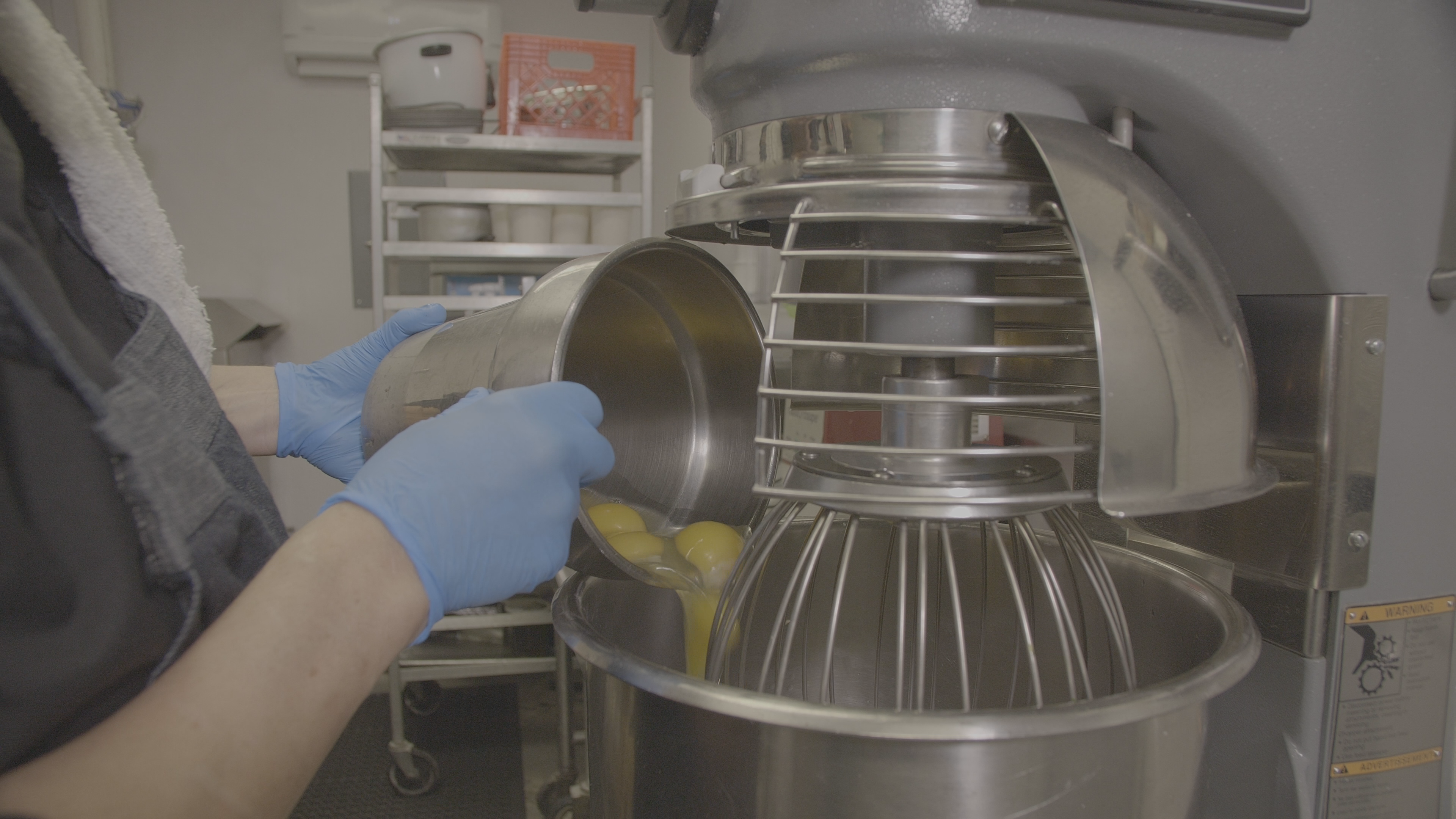

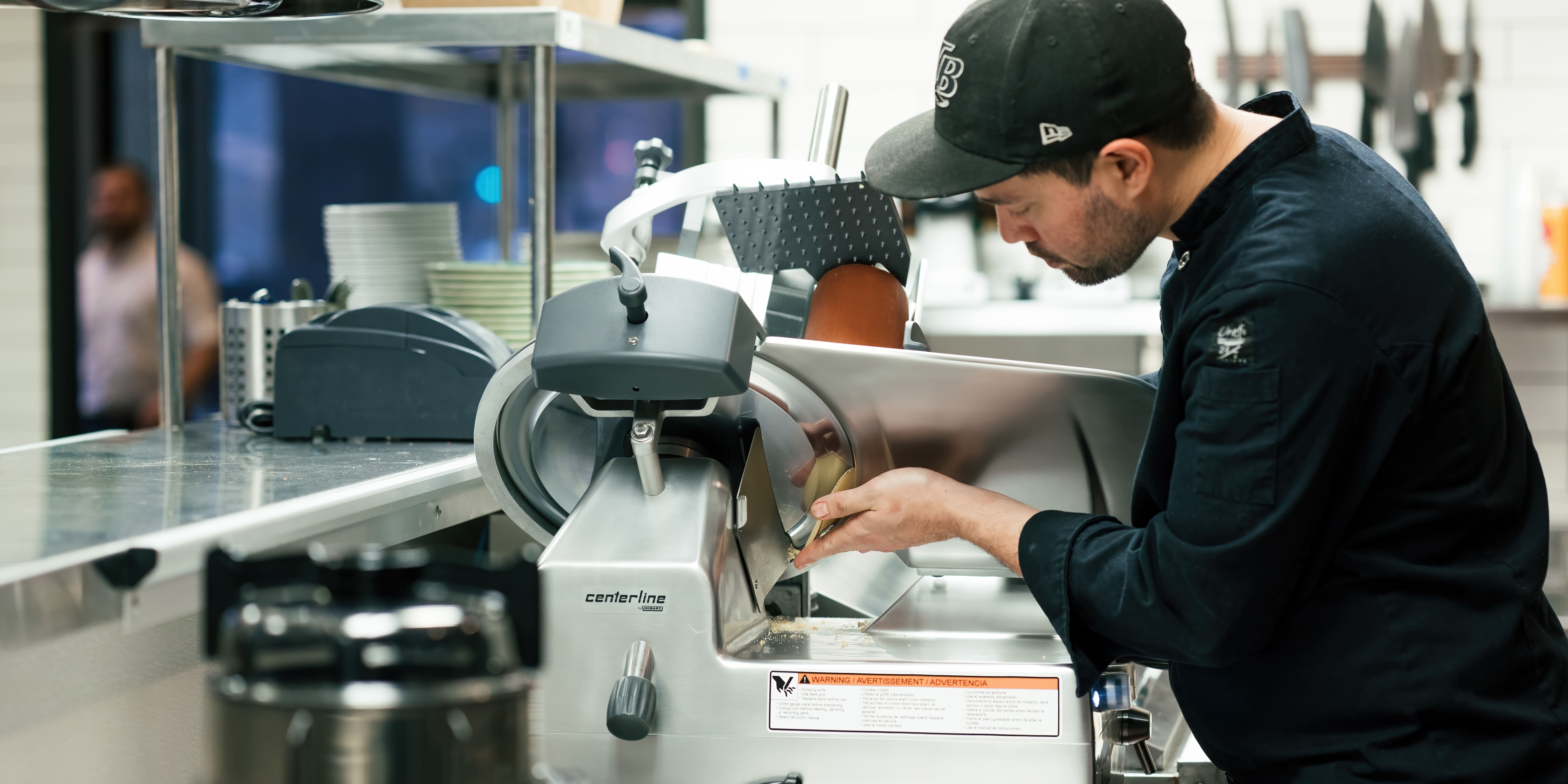
-min.jpg)
